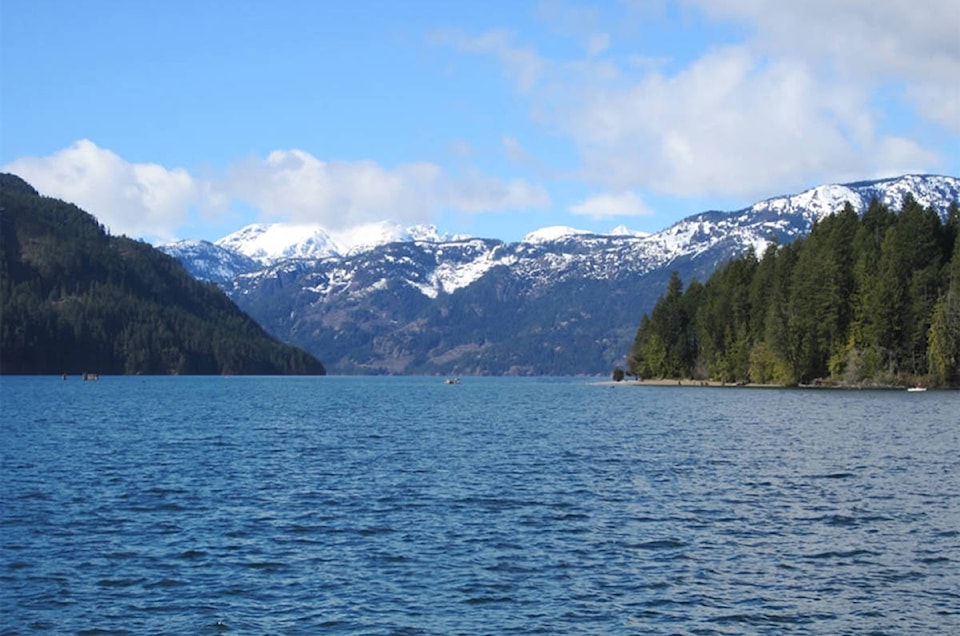With only 31 dissenting forms received, the Comox Valley Regional District now has voter approval to proceed with the $110 million Comox Valley Water Treatment Project.
The RD used the alternative approval process (AAP) to seek voter support for the project.
Under the rules of the AAP, those who did not support borrowing public funds for the Water Treatment Project could submit an elector response form indicating their opposition. The number of eligible electors for this AAP was determined to be 47,845, meaning it would take 4,785 forms in order to send the issue to a referendum.
Less than one-tenth of one per cent of the eligible electors responded.
The CVRD board can now consider the loan authorization bylaw for adoption at its March 27 meeting.
“The CVRD now has the mandate to deliver residents the modern system they deserve, a system that meets current health standards and ensures safe, high quality drinking water well into the future,” said director Bob Wells, chair of the CVRD Water Committee. “Having the results of the AAP also bolsters our case for grant funding, as it demonstrates strong public support for the project.”
Construction of the new water treatment system is estimated at $110 million. Under the proposed financial strategy, the project will be funded through a combination of at least $55 million from grant funding, $26 million from reserve funds and up to $29 million through long term borrowing. The average cost to Comox Valley Water System users is estimated at $86 per household, per year, over a maximum of 25 years.
The CVRD is pursuing all opportunities for significant grant funding with the provincial and federal governments to secure grant funding to offset at least $55 million (50 per cent) of the total project costs. Land for the future water treatment plant has been purchased. While awaiting grant funding announcements, the project team will finalize project design specifications and establish a shortlist of design-build teams qualified to undertake the project and ensure it is shovel-ready when funding is announced.
Progress has already been made towards improving water treatment for residents – including the installation of temporary ultraviolet (UV) treatment at the existing chlorination treatment plant in January 2018. This interim measure is expected to reduce boil water notices by approximately 80 per cent. Once the new water treatment system is operational in 2021, all turbidity-related boil water notices will be eliminated.
